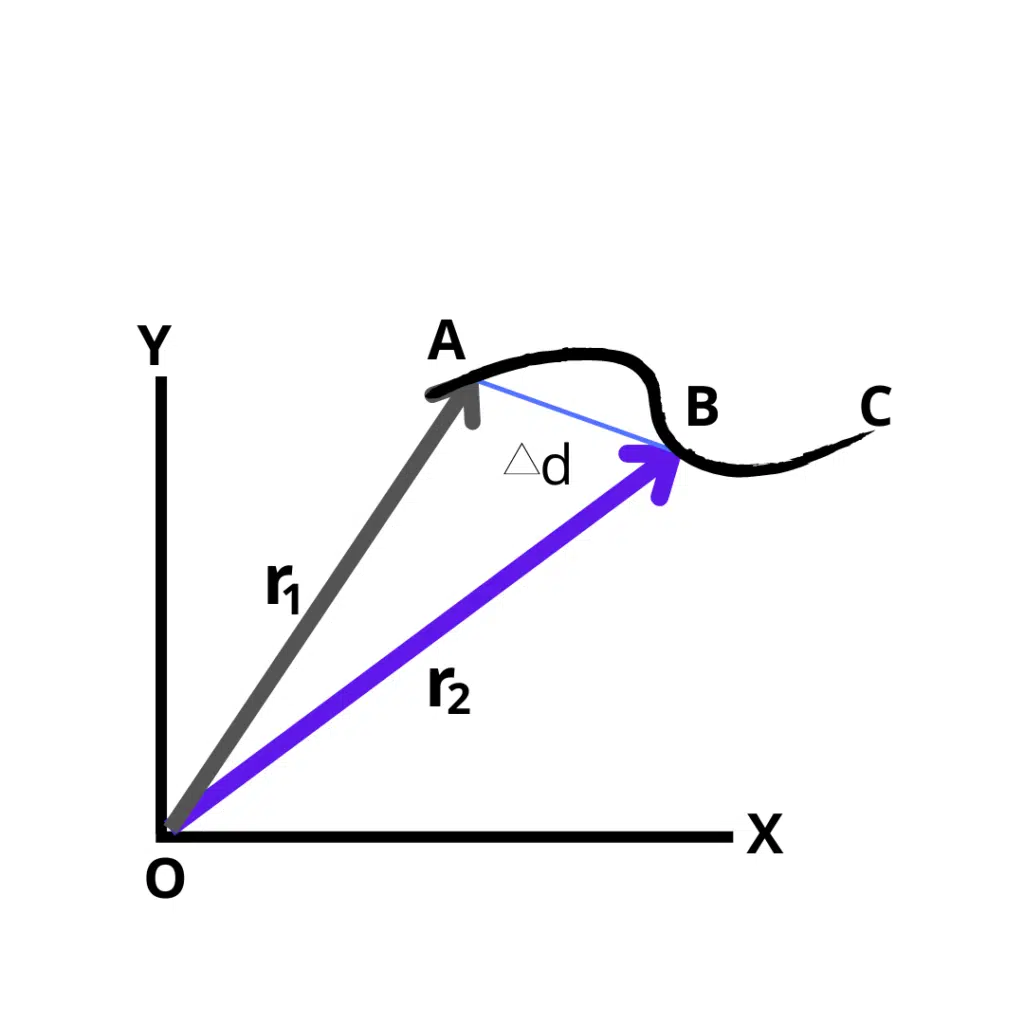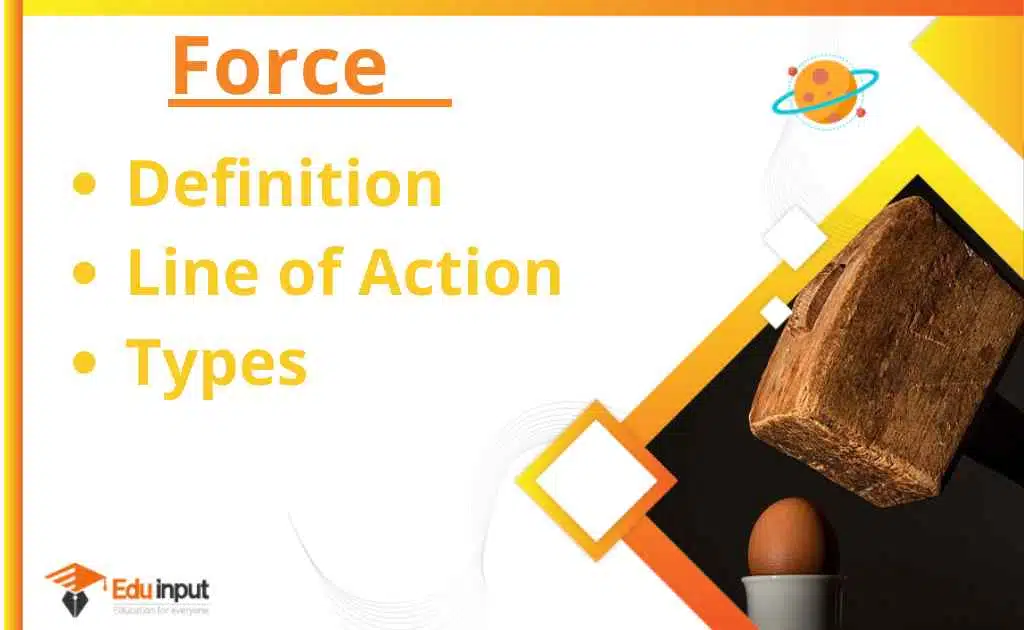Velocity | Definition Types and Examples
There is a difference between speed and velocity. As distance and displacement are two different quantities, the concept of speed and velocity is also different. Speed depends on distance and velocity depends on displacement. The motion of the body can be described by the velocity-time graph.
Download the pdf notes of Velocity and Types of velocity Class 11 Physics
Speed
The rate of change in the distance of a body is called speed. Speed is a scalar quantity. Its unit is a meter per second (m/s).
Velocity
The rate of change of displacement is called velocity. It is a vector quantity and its direction is along the direction of displacement.
The SI unit of velocity is meter per sec(ms-1), having the dimension of [LT-1]. The magnitude of velocity is called speed
Average velocity
The ratio between the total displacement and the total time taken by the body is called the average velocity.
If d is the total displacement and t is the total time then

The average velocity dose does not tell about
- The actual motion between any two points gives information only about the total path.
- What the path was i.e whether it was straight or curved.
- The nature of the motion that whether it was steady or variable.
A squash ball comes back to its straight point after bouncing off the wall a number of times. Its total displacement is zero so its average velocity is also zero.
Instantaneous velocity
The velocity of the body at any instant of time, or at any point of its path with the limit of that time interval tends to zero.
The limiting value of Δd/Δt as time interval Δt approaches zero.
In order to understand the instantaneous velocity, consider a body moving along a path ABC in the XY plane as shown in the adjacent figure.

At any time t, let the body be at point A .its position is given by position vector r1. After a short interval of time Δt, the body reaches at point B which is given by the position vector r2.
The displacement of the body during this short interval of time is given by
Δd=r2-r1
The instantaneous velocity at point A can be found by taking the time interval Δt smaller and smaller.
Then the displacement Δd will become smaller and smaller and ultimately approaches A.
Thus the velocity at a particular position along the whole path can be found.
During this time term, Δd/Δt does not completely vanish to zero. The direction of instantaneous velocity at A is along the tangent at A.
The average velocity of the body may be zero even though its instantaneous velocity is not zero.
Uniform velocity
If the instantaneous velocity doesn’t change body is said to be moving with uniform velocity.
If the average and the instantaneous velocities of the moving object are equal it is said to be moving with uniform velocity.
Variable velocity
If the instantaneous velocity changes, then a body is said to be moving with variable velocity.
or if a body covers unequal displacement in an equal interval of time then the body is moving with variable velocity.
Frequently Asked Questions(FAQs)
What is Velocity?
The rate of change of displacement is called velocity.
How can we find the direction of velocity?
Velocity is a vector quantity and its direction is along the direction of displacement.
What is the SI unit and dimension of velocity?
The SI unit of velocity is meter per sec(ms-1), having the dimension of [LT-1].
What is speed?
The magnitude of velocity is called speed or the rate of change of distance is also called speed.
How is velocity zero?
When the change in displacement is zero then velocity will be zero.







Leave a Reply